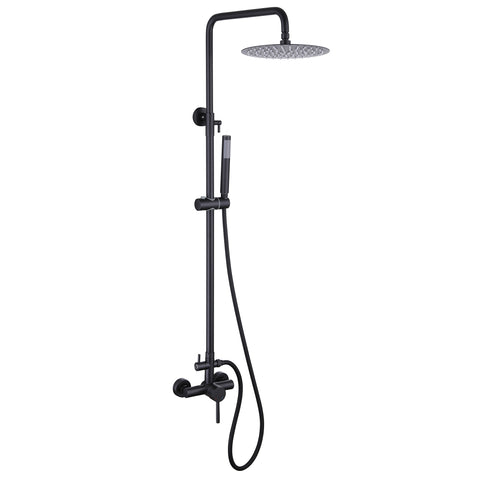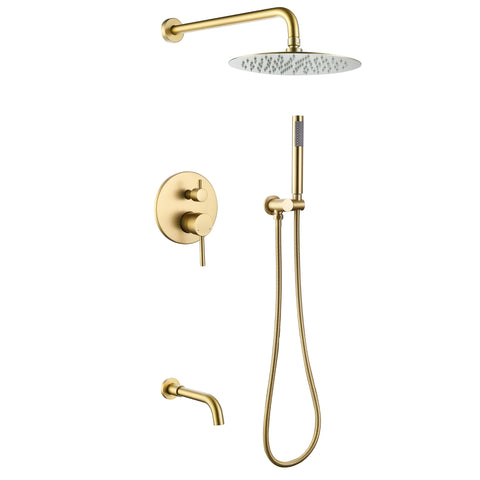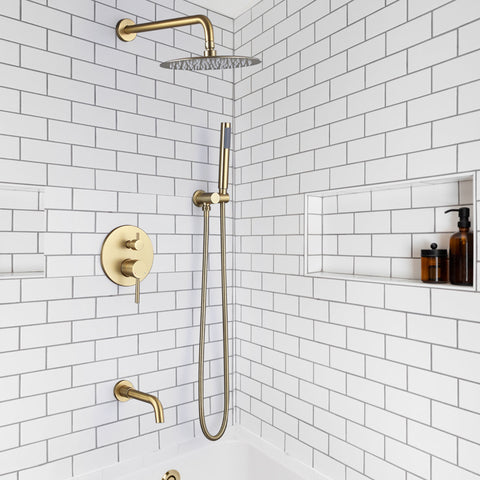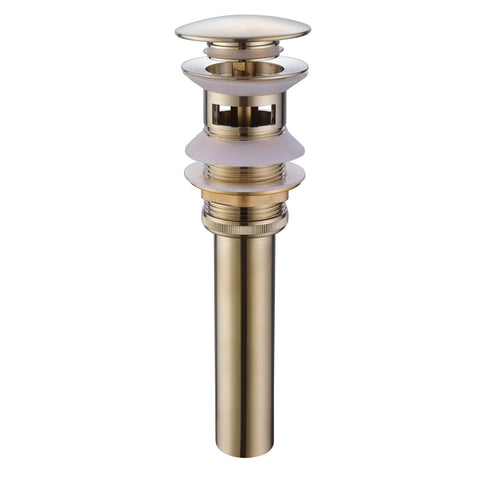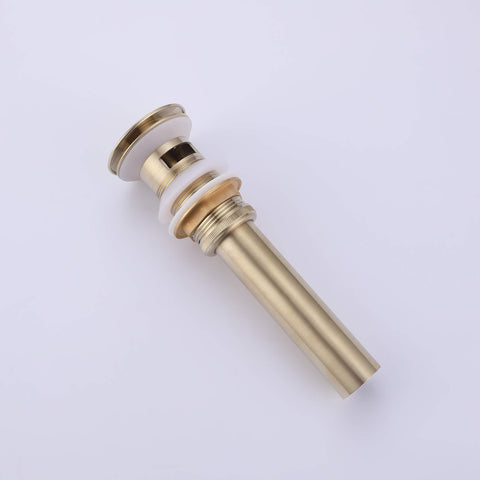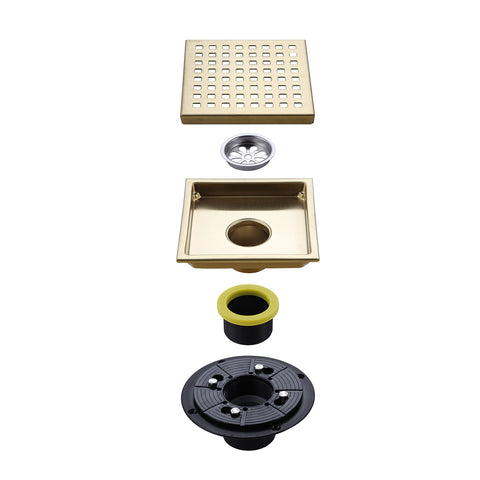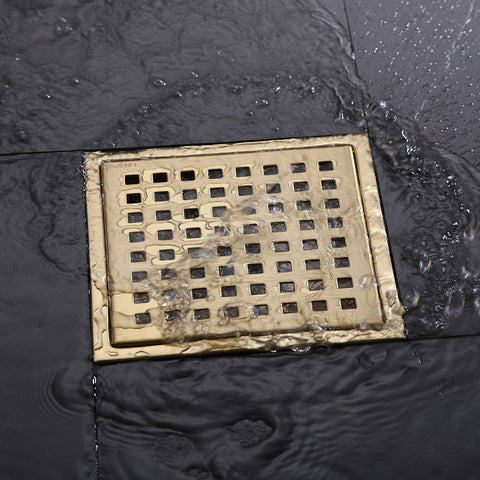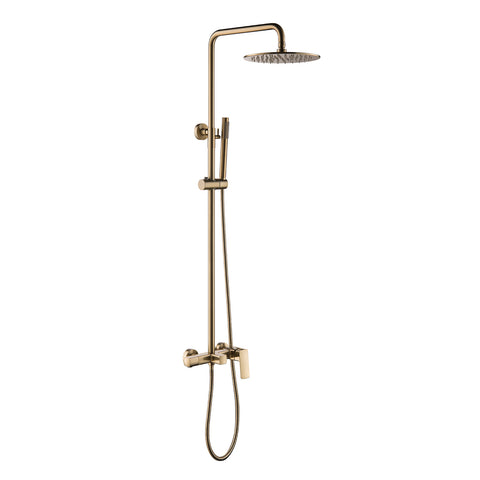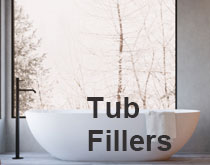What Causes Low Water Pressure at a Sink Faucet?
When the water pressure in the sink faucet drops, it can be very frustrating. A clogged aerator or filter is often the culprit, but other issues like pipe leaks, shut-off valves, or even altitude can be involved. This guide explains the common causes of low sink water pressure and how to fix them — from simple cleaning to checking plumbing infrastructure.

1. Faucet Aerator
The aerator, found at the tip of the faucet, regulates water flow and is prone to mineral buildup or sediment. Unscrew the aerator counterclockwise by hand or use pliers if it's tight. Soak it in vinegar overnight, scrub with a brush, and reinstall. If heavily damaged, simply replace it.
2. Faucet Cartridge
The cartridge controls internal water flow. When clogged, it reduces pressure dramatically. Shut off the water valves, remove the faucet handle, unscrew the retaining nut, and pull out the cartridge. Soak it in vinegar, scrub away debris, or replace if needed. Be sure to reassemble all parts carefully.
3. Water Supply Line Interruption
Check for neighborhood water outages or supply line ruptures. Turn off all taps and read your water meter. After four hours, check again. If readings change, a hidden leak may exist — likely requiring a professional plumber’s inspection.
4. Leaking Toilets
A leaking toilet can reduce water pressure throughout the house. Faulty flaps, float valves, or supply lines are common culprits. While minor repairs are possible DIY, a certified plumber is recommended for lasting solutions.
5. Angle Valve Issues
Located under the sink, angle valves may restrict water flow if partially closed or blocked. First, ensure both hot and cold valves are fully open. If necessary, turn off the main water supply, disconnect the valve, and replace it. Do not overtighten the compression nut during reinstallation to avoid pipe damage.
6. Pressure Reducing Valve (PRV)
A PRV is typically installed at the main supply line and resembles a bell-shaped device. Over time, it can degrade and reduce pressure. You can adjust the screw setting or replace the valve entirely. Always shut off the main valve before servicing the PRV.
7. Additional Considerations
- Ensure hot and cold water connections are not reversed or blocked.
- Straighten any kinked hoses, especially in kitchen or shower installations.
- In high-rise buildings, peak usage or elevation may reduce pressure — check with neighbors or building management.
- Always clean faucet filters and cartridges regularly, even if they appear clean externally.
Conclusion
Don’t panic if your faucet loses pressure — in most cases, it’s caused by clogs or maintenance issues. Start with the simplest fixes like cleaning the aerator or checking shut-off valves. For complex plumbing issues or full replacements, consulting a certified plumber is the safest route. Keeping your sink faucet in top condition ensures better hygiene, performance, and peace of mind.
